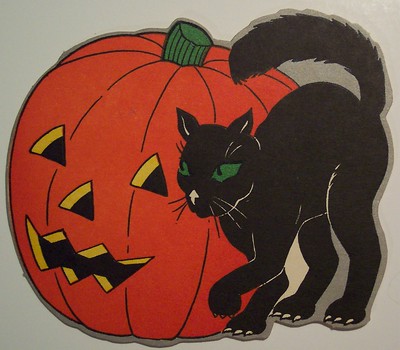“Manic Pixie Dream Girls” in the male gaze

photo credit: medium.com
November 18, 2021
The term “Manic Pixie Dream Girl” was coined by Nathan Rabin in 2007, when he reviewed the movie Elizabethtown. He defined this archetype as a character— usually a woman— who “exists solely in the fevered imaginations of sensitive writer-directors to teach broodingly soulful young men to embrace life and its infinite mysteries and adventures.” This type of character has no depth or backstory: she merely exists to change the course of the protagonist’s life. She never feels any pain or sadness (despite her naturally tragic past), and disappears once her “job” is done. She is bubbly, mysterious, and otherworldly (hence pixie). She is perfect.
Clearly, no girls like this actually exist. It’s a glorified male fantasy- a woman who exists for nothing other than you. The way it was created- referencing movies like “Garden State” or “A Million Ways to Die in the West”- served to critique “cultural sexism and to make it harder for male writers to posit reductive, condescending male fantasies of ideal women as realistic characters.” Unfortunately, over the years this has been commodified to the extreme- with even Nathan Rabin apologizing for its creation. People have applied it to any romantic lead that’s quirky or elusive, broadening the rubric until nuance and background are skated over and diminished to fit characters in (people like Clementine in “Eternal Sunshine of the Spotless Mind”, or Summer in “500 Days of Summer”). Declaring that characters with variation or purpose are these “dreamgirls” creates an aesthetic teenagers long for. And that’s where the problem begins.
Going back to “500 Days of Summer,” Summer- the female romantic lead- has often been touted as a manic pixie dream girl. This is not because she’s actually one, but because the movie is from Tom – the male lead’s- perspective. The whole point of the film is a warning on how fixation and romanticization of women is dangerous- that erasing someone’s flaws often leads to delusion and the following heartbreak at the end of the movie.
Despite this, his idealization of her makes it much more difficult to pick this out, leading to the easy characterization of her as a manic pixie. Tom erases her flaws and reality, and we see nothing of her being a person outside of their relationship. Summer isn’t a manic pixie dream girl, yet so many people acknowledge her as one that it gets diluted until her face is a staple of the character- watering down the meaning and making it more accessible.
Social media really helps this idea. Buzzwords are often used to garner views and likes, creating an aesthetic out of someone reading alone on a train (something like “twilight core, Fiona Apple pilled, Silvia Plath, manic pixie dream girl”) – making interesting pieces of work come to represent a 15 second video (“oh… this is SO Bella swan, etcetera”), commodifying subjects that everyone views differently into a new, generally acknowledged understanding. With this, “information, then, ideas, references— anything we used to go to separate books for— and therefore understood as the product of individual insight… all this seems to come at us from a single neutral omnipotent source”.
Though something could be written about the people who see these men fall in love with the “perfect woman,” and embody it because they think romanticization is realism, this analysis is going to skip over that. Even though The Atlantic writes that since “fiction creates real life, women behave in ways that they find sanctioned in stories written by men,” most teenagers today don’t embrace this trope because they want to change for a man, they embody it because, if anything, these characters try to reject the male gaze on the surface level. They are unabashedly themselves, redefining how men see the world around them through their confidence. In a life as riddled with angst and doubt as that of a teenage girl, this type of security and belief can be overwhelmingly appealing. When everything around them carters to their male peers, mysterious and independent women seem to exist within a separate category.
The problem with this is that there’s no way to exist as a self proclaimed manic pixie dream girl without escaping the male gaze. Not only is the whole point of the term a critique on men writing women as a product of their self serving fantasies, but the male gaze is inherently inescapable. Like Margaret Atwood writes, “Even pretending you aren’t catering to male fantasies is a male fantasy: pretending you’re unseen, pretending you have a life of your own, that you can wash your feet and comb your hair unconscious of the ever-present watcher peering through the keyhole, peering through the keyhole in your own head, if nowhere else. You are a woman with a man inside watching a woman. You are your own voyeur.” You cannot “become” a manic pixie dream girl to exist only for yourself, because their creation is inextricably part of men’s fantasies- it just reinforces the stereotype.
This isn’t to say that I don’t also wish I was a manic pixie dream girl. The lack of background and confidence these women have are always appealingly easy — and the montage videos on TikTok under the hashtag make me feel nostalgic for a person that I’m not. After all, isn’t it easier to pretend that everything we’ve gone through has made us into this uber confident, magnetic person? Like Diane Nyugen thinks in Bojack Horseman, if I’m not that kind of person, if that person doesn’t exist, “All the damage I got isn’t good damage. It’s just damage. I have gotten nothing out of it, and all of those years, I was miserable for nothing…What was it all for?!”












